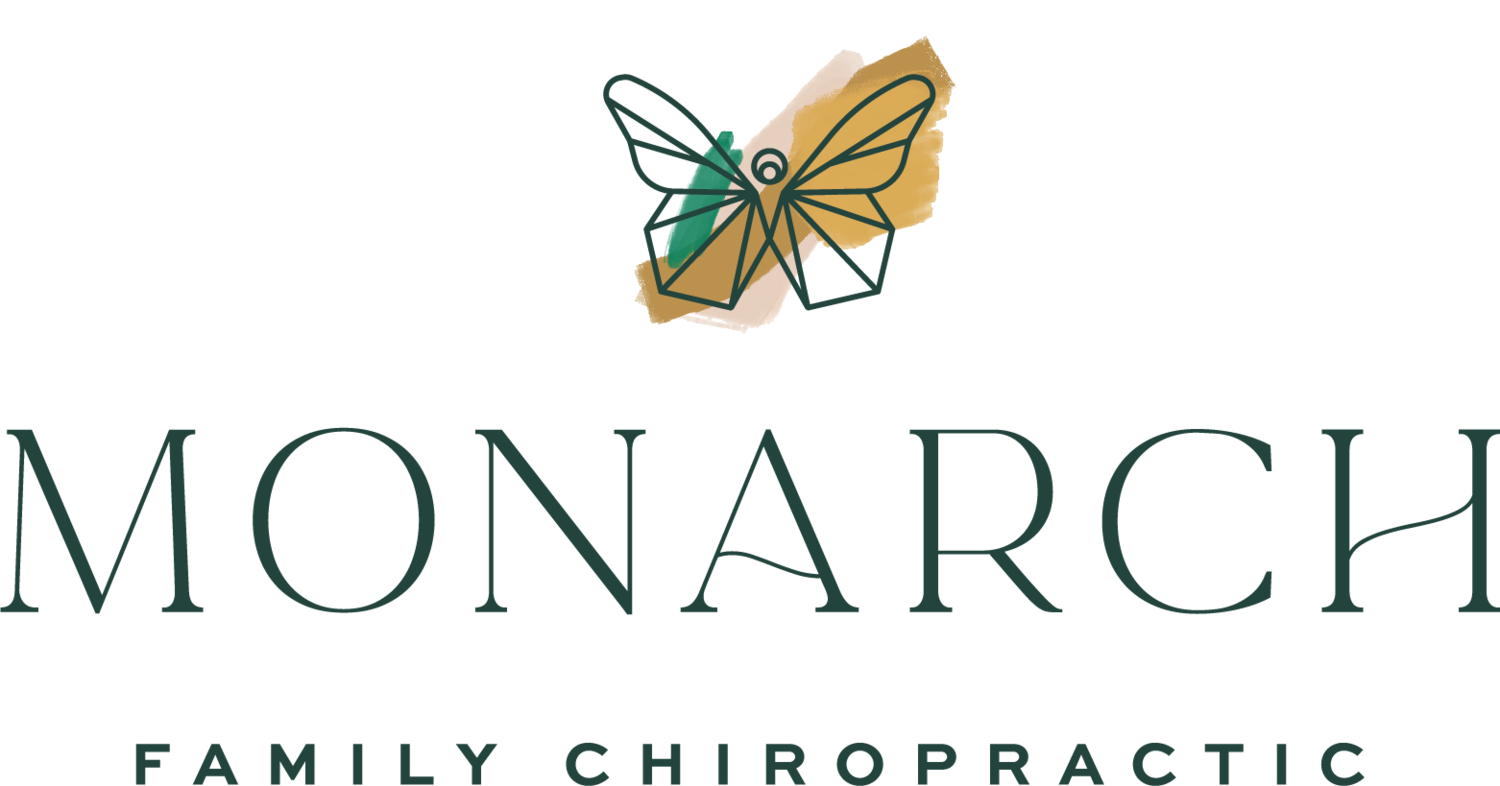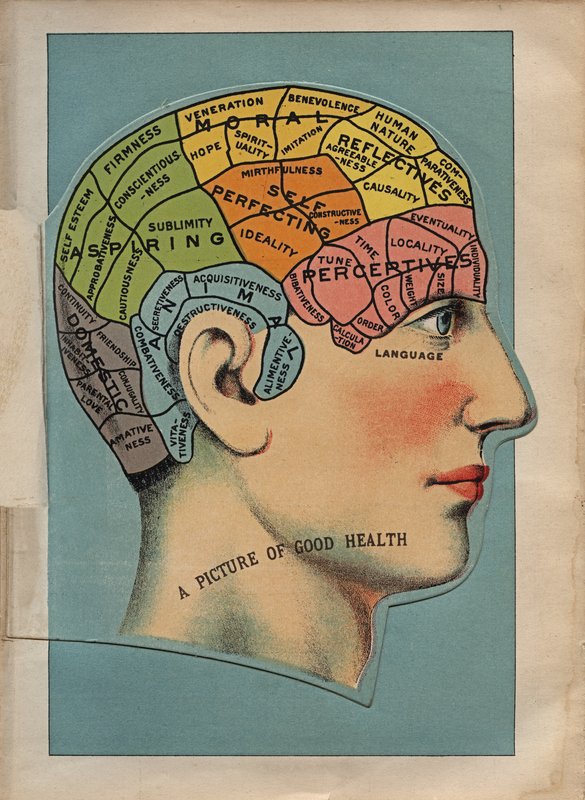Why Chiropractic is Vital for Neurodevelopment
May 17, 2021
Neurodevelopment and Chiropractic
The first 1000 days from fetal development through the first two years postnatal are considered the “critical window” of neurodevelopment. Toxic insults during the “critical window” period will affect the physical and mental health of a child for life. Over the next few months, we will explore the trajectory of brain development, neuro-developmental delay and associated behaviors, and the toxins that affect the “critical window” of neurodevelopment. Ultimately, I’d like to equip you with information to help guide and support your parenting decisions as it not only relates to your child’s healthcare, but also help your child express their highest potential.
Understanding the Trajectory of Brain Development
The brain at birth is not fully developed, it is a primitive brain. As the brain moves through development, different skills are acquired to process our world. For example, babies aren’t born running or using language to describe their needs (although that would be nice!) There is an order in which the brain develops which is critical to our function, growth, behavior, experience and life. As growth and learning occur, the brain develops like a flower: bottom-up, back-to-front, inside-out and right-to-left as different skills in movement, communication and cognition develop to process our world. Most people get that a child doesn’t go right from sitting to running or crawling to running. There is an order to which this happens: sit, roll-over, crawl, stand, shuffle, walk, run… with brain growth, movements become more complex. Without proper movement or motor control of our body, meaning steps were skipped in that trajectory, higher level cognition and executive function are impacted.
Stage 1: Primitive Reflexes/Infantile Movement Reflexes
At birth, babies are born with what’s called primitive reflexes or infantile movement reflexes that come from the brainstem. It is the most sophisticated tool a child has for survival, movement and finding food. For example, the rooting reflex is elicited by brushing the side of a baby’s cheek from the corner of their mouth to their ear. The baby will respond by turning their head to that side (this helps baby find mom’s breast to nurse.) Appropriate for a baby… not so much for adults. As we get older, our tools become more sophisticated to find food.
Stage 2: Movement & Touch
As the brain continues to develop like a flower, milestones are reached: a child holds their head up, does tummy time, rolls over, sits unsupported, crawls and more. Milestones represent brain growth. In the first year of life our movement/touch system comes on board; including tactile stimulation (i.e. a child puts everything in their mouth.) The more sophisticated tools develop through big muscle development (head control, coordination, balance, strength;) and small muscle development (fine motor: pincer grasp, turning pages of a book, using a pencil.)
Stage 3: Auditory/Verbalization
In the second year of life, as the brain is opening like a flower, a child gains more sophisticated tools to process their environment with the use of noise and language. Around 12-months, a child uses receptive language (understanding what is spoken to them,) and around 18-months will use more expressive language (use of words to express themselves.) Each stage of neurodevelopment builds a foundation for these higher levels of cognition to develop. By this time primitive/infantile movement reflexes have diminished; and the movement/touch system is established. If stages are skipped, the child’s ability to process their environment is found in these lower levels of development.
What does that mean?
Behaviors are a window into the brain. If a child is unable to process auditory and verbalization cues, we must evaluate the foundational stages of development to provide clues to where a child is processing their world. The use of receptive and expressive language indicates learning; the brain is moving through healthy development that sets the stage for higher levels of cognition and executive function.
Stage 4: Visual Cognition
Finally, the most sophisticated tool the brain has for processing is visualization; it sets us apart from all other mammals. When the brain is fully developed, there is growth into the frontal lobe, the front of the brain called visual cognition (remember growth started at the brainstem.) With visual cognition, the brain has the ability (and efficiency) to create imagery (not visual acuity – meaning what we see,) but creating imagery in the mind’s eye. The ability to take symbols (letters and numbers) to create a picture, the ability to see the past and predict the future based on previous experience. Spatial and self-awareness: to move and coordinate movements, organize and plan, engage, connect and socialize. It is the ultimate ability for the brain to process and use executive function to traverse our environment and world. There is an inability to access the frontal lobe of the brain without that appropriate building blocks of healthy brain development.
Dr. Zeigler OG Performing Spinal Adjustment on Baby Margot
Subluxation can impact how a child’s brain goes through development.
Two common stressors take place in the body that can impact how a child’s brain moves through development: the stress response and subluxation. The stress response is like a fuse box. There is only so much stress (physical, chemical, emotional) the body and brain can take before a fuse will blow. A blown fuse will then change the input into the brain – we call it subluxation. When that happens, the information going into the brain is not quite right with what’s going on with the body and the outside world thereby affecting normal brain development. Children need healthy sensory input – sound, touch, light... and movement is the same way. If there is altered input into the brain during early brain development because of a blown fuse, it changes the way the spine moves and ultimately the information going into the brain. And this can have detrimental effects in the trajectory of brain development.
Why chiropractic is vital for neurodevelopment.
Chiropractic understands there are clues in a child’s behavior, movement, posture and neurology with how the brain is processing the world. Chiropractors can support a child’s movement and growth through the trajectory of brain development by:
• Identifying if anything is altering the way a child’s brain is receiving and sending information (i.e. subluxations);
• Identifying a child’s primary tools for how their processing their world; and
• Creating individualized care to support a child’s growth and development while objectively measuring their neurology, posture and movement to gain more sophisticated tools to process their environment.
Current research indicates that if there are gaps or stresses during early brain development (i.e. neuronal migration, then the potential for brain growth is lost forever. It is so much easier to grow a healthy, vitalistic brain and body than recovering from years and decades of stress. In chiropractic, we honor the health of an individual, no matter the age – and believe children deserve the best at the start of life.
Over the next few months, we will dive deeper into the different stressors that can impact the trajectory of brain development, neuro-developmental delay and associated behaviors (and what they tell us with how a child is processing their world through the lens of brain development), and the toxins that affect the “critical window” of neurodevelopment.
My hope, as we deep dive into these topics, is that we are not only a support system, but also a partner to you and your family in your highest expression of health and vitality.
In Health,
Dr. Miaken


